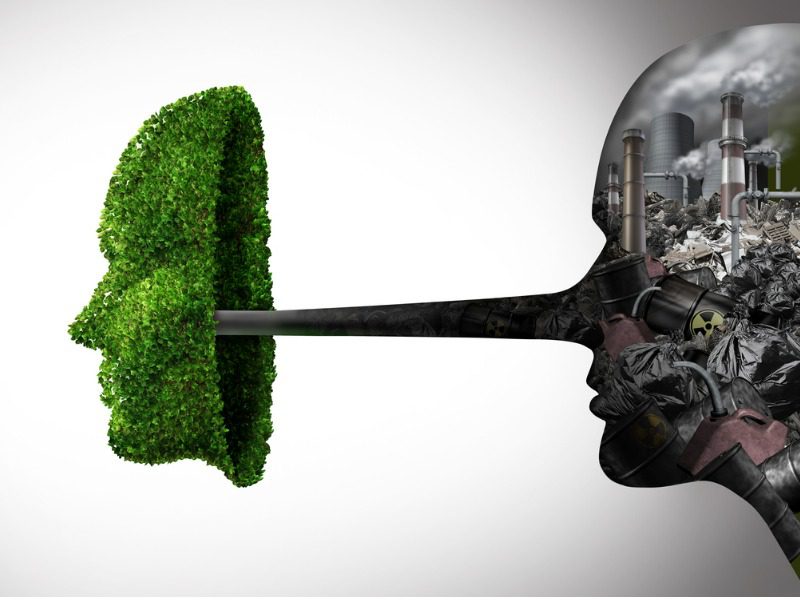How brokers can prevent D&O clients from getting burned for greenwashing

Investors are increasingly pursuing companies for ‘greenwashing,’ referring to company directors who misrepresent their climate credentials or fail to act in accordance with their stated climate goals, says a financial services executive at Marsh Canada.
Commercial brokers can help their D&O clients navigate the risk by ensuring their statements are both ironclad and peer reviewed, said Rob Hanson, senior vice president of FINPRO at Marsh Canada Ltd.
Companies getting burned when their investors come after them for alleged greenwashing is becoming a D&O claims trend, Hanson warns.
“[Say] a company states, ‘We’re going to be looking to do X by the end of this year, or Y two years from now,’ and they’re not able to hit that,” Hanson says by way of example. “If that public company does suffer a stock drop when it comes out [that] they weren’t able to hit these metrics, then a plaintiff firm and investors can go back [and say], ‘Well, you’ve told me two years ago this was your target. You didn’t hit it,’ and boom, there’s your D&O claim.
“While it’s been a little bit more of a U.S. phenomenon typically, we’re eventually going to see it in Canada as well.”
Companies can be exposed to greenwashing accusations in two different ways, said Hanson. Companies or boards may be found to be making false representations about the eco status of their products. Or second, companies or boards may misstate or overstate their green credentials, or make sustainability commitments they’re unable to meet.
“Both do present risks,” said Hanson. However, over the last three years, misrepresented future commitments has translated into most of the greenwashing D&O lawsuits, he added.
Plaintiffs’ firms and investors who lost money as a result of a company’s sustainability misrepresentations often look to recoup some financial damages through regulatory action or litigation. And, of course, this happens at a cost to that company in the form of liability claims exposure, covered by D&O policies.
So, how can companies ensure their statements on sustainability are accurate?
“A lot of these companies are engaging their trusted legal advisors on what to say and how to say it,” said Hanson. “We’re also able to weigh in when speaking with them because we have the ears of the underwriters, too.”
In the end, companies can’t oversell what they’re doing in ESG, he said.
To avoid litigation or disciplinary action, companies’ leaders and directors should be considering how best they can progress their ESG agendas.
“[If] you’re saying you’re going to reduce your greenhouse gas emissions, [or] that currently you’ve reduced them by X [amount], prove it.” Hanson said. “That needs to be really ironclad.”
Feature image by iStock.com/wildpixel



